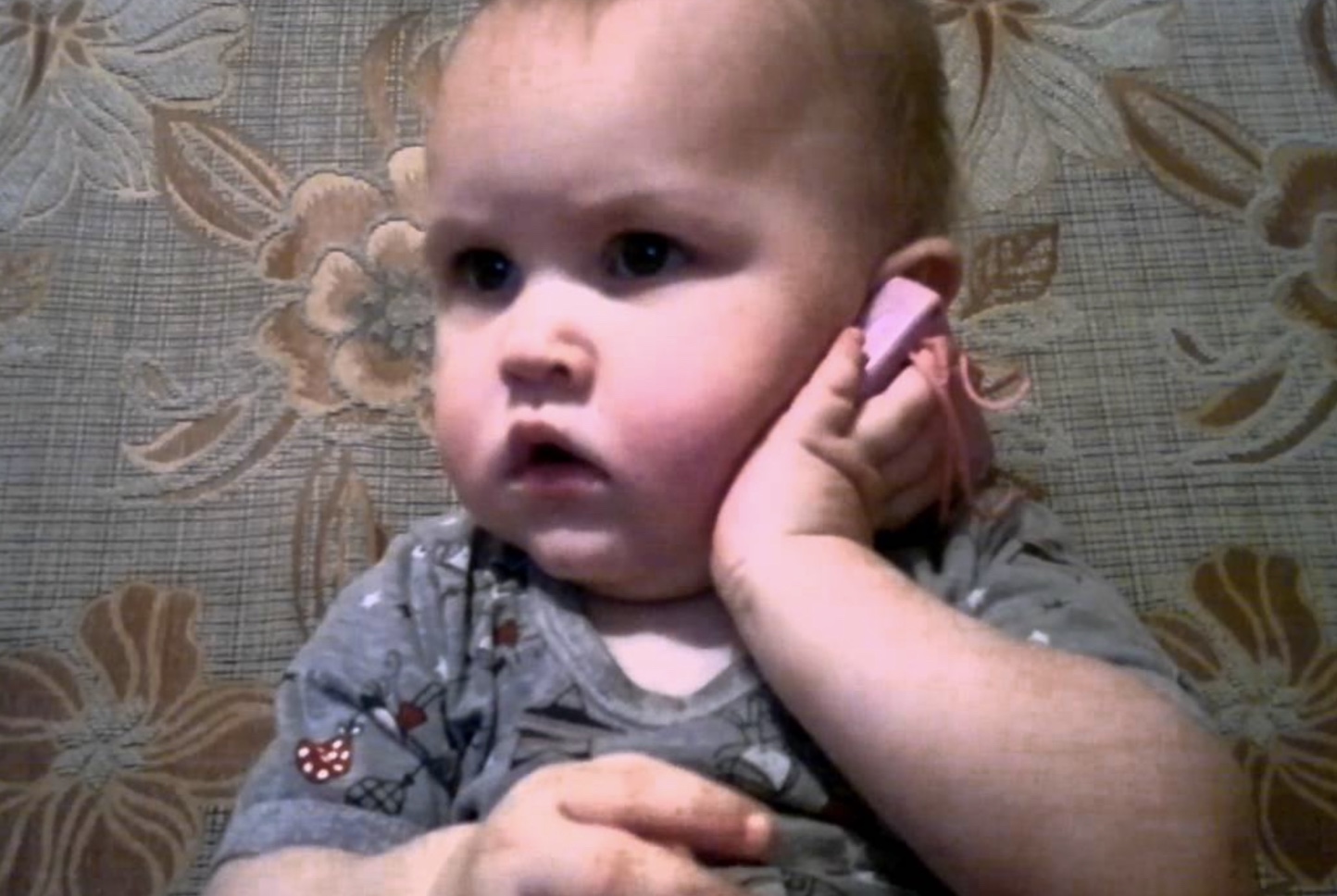In a brightly lit room, filled with the vibrant colors of various toys, a 4-month-old boy embarks on a journey of imagination far beyond his tender age. Clad in a comfortable outfit, he sits with an air of seriousness that belies his youth, holding a toy phone with both hands, deeply engrossed in a make-believe conversation.
To an onlooker, this scene presents a curious juxtaposition—a baby, engrossed in what appears to be an intense negotiation, his expressions fluctuating between focus, surprise, and satisfaction. His babbling, punctuated with earnest pauses, suggests a dialogue, a give and take, as if he were a seasoned negotiator discussing terms that could shape the very fabric of his toy universe.

His eyes, wide with earnestness, occasionally dart around the room, as if seeking approval or perhaps mulling over the responses he receives from the imaginary person on the other end. He gesticulates with his tiny hands, emphasizing points in his fervent discourse, making his silent arguments with all the conviction he can muster.
This moment, though simple and everyday, captures the essence of childhood—where reality blends seamlessly with fantasy, where a toy phone becomes a conduit for serious negotiation, and where a baby can be anyone he imagines. As he concludes his call, there’s a sense of accomplishment in his demeanor, a deal well made, a conversation well had, in the limitless world of his imagination.
